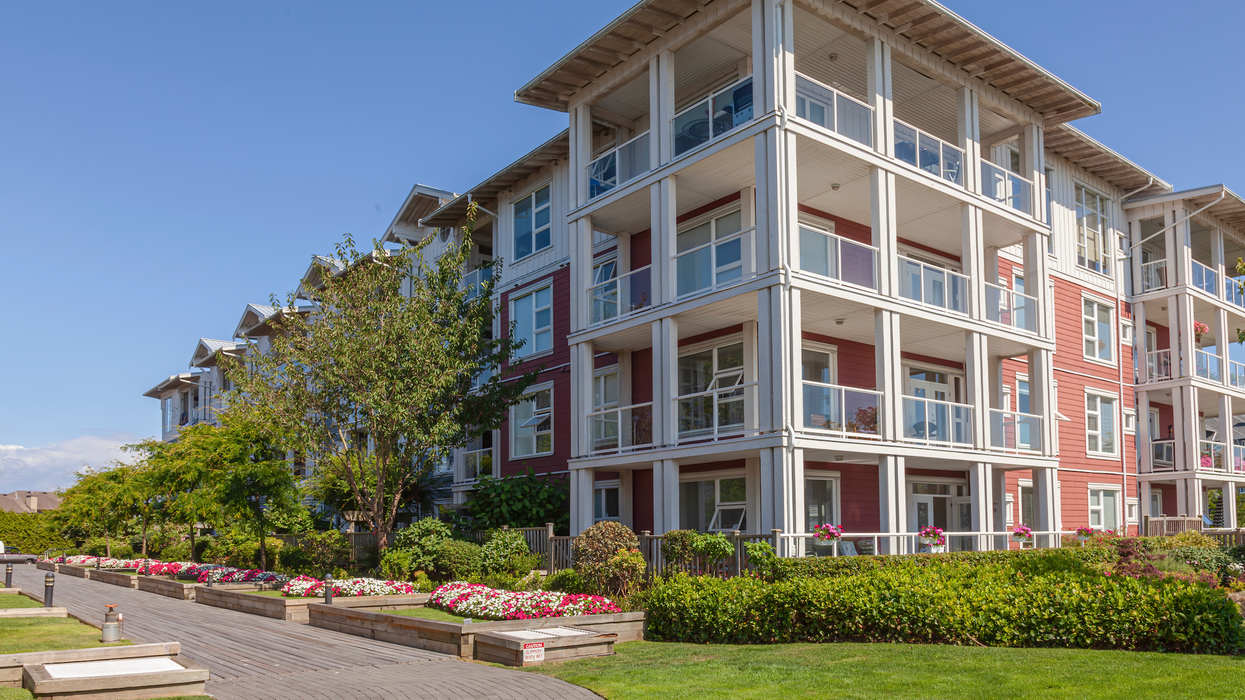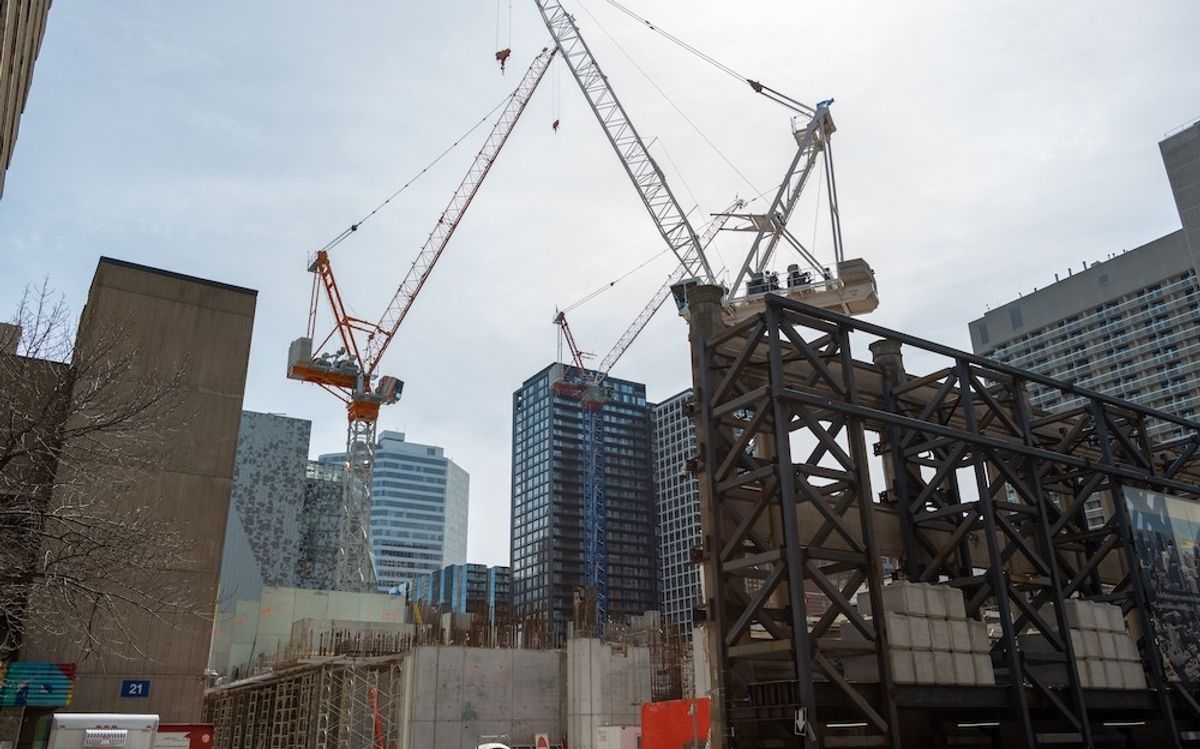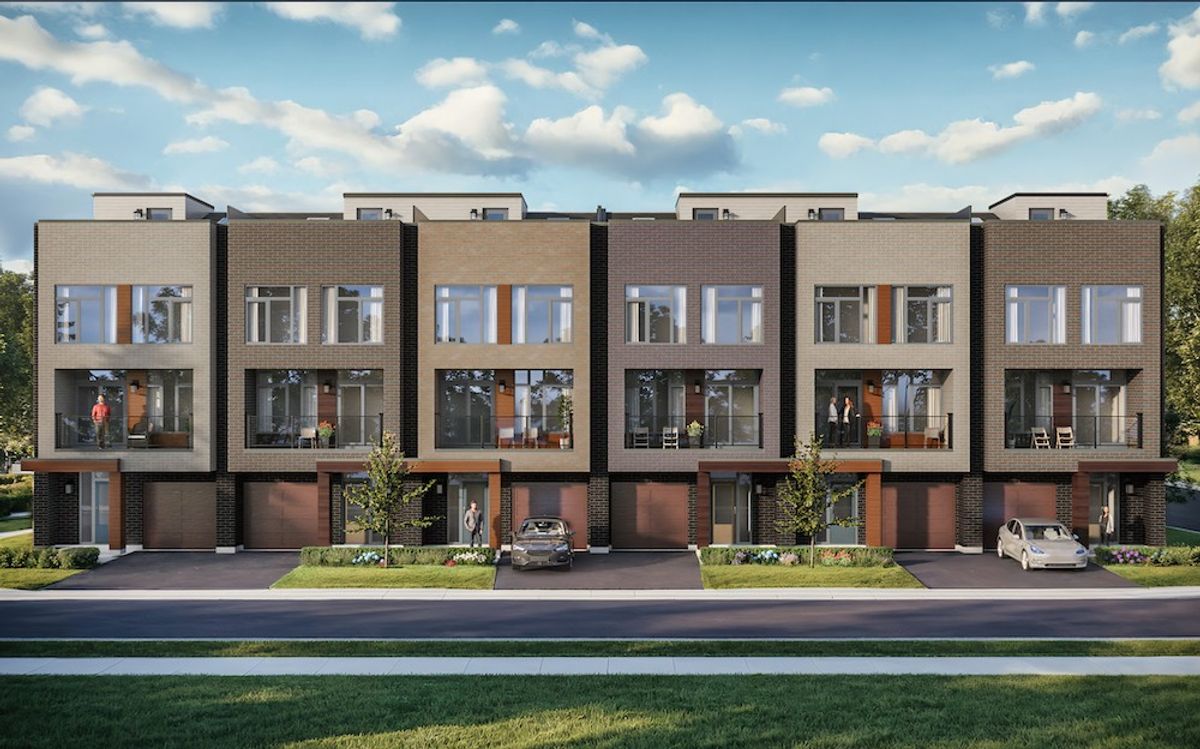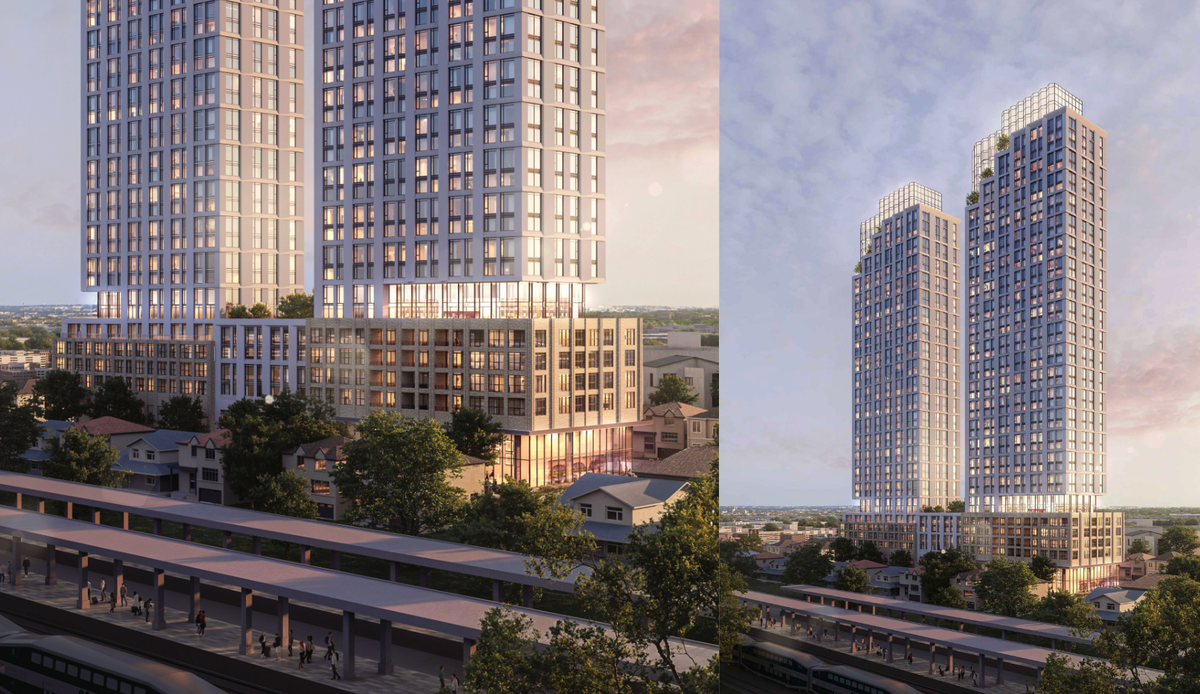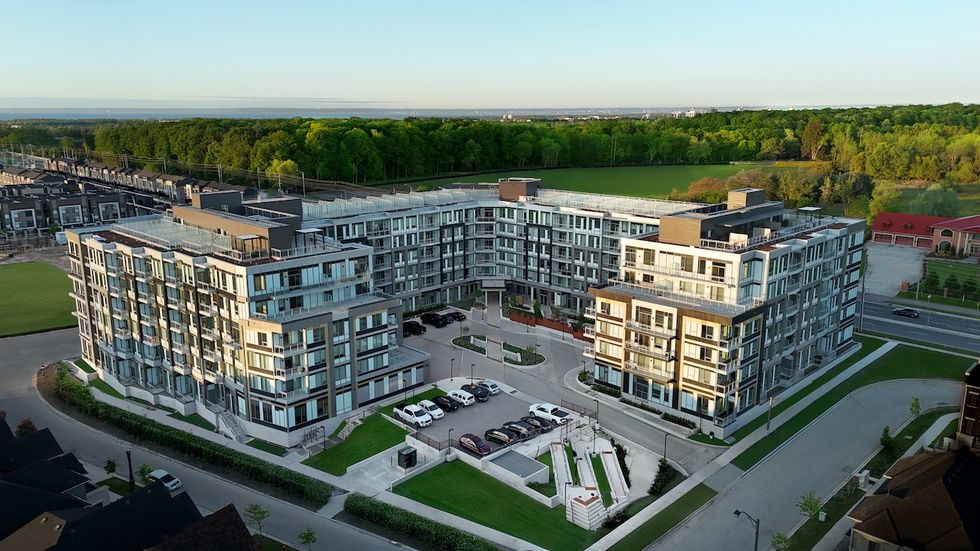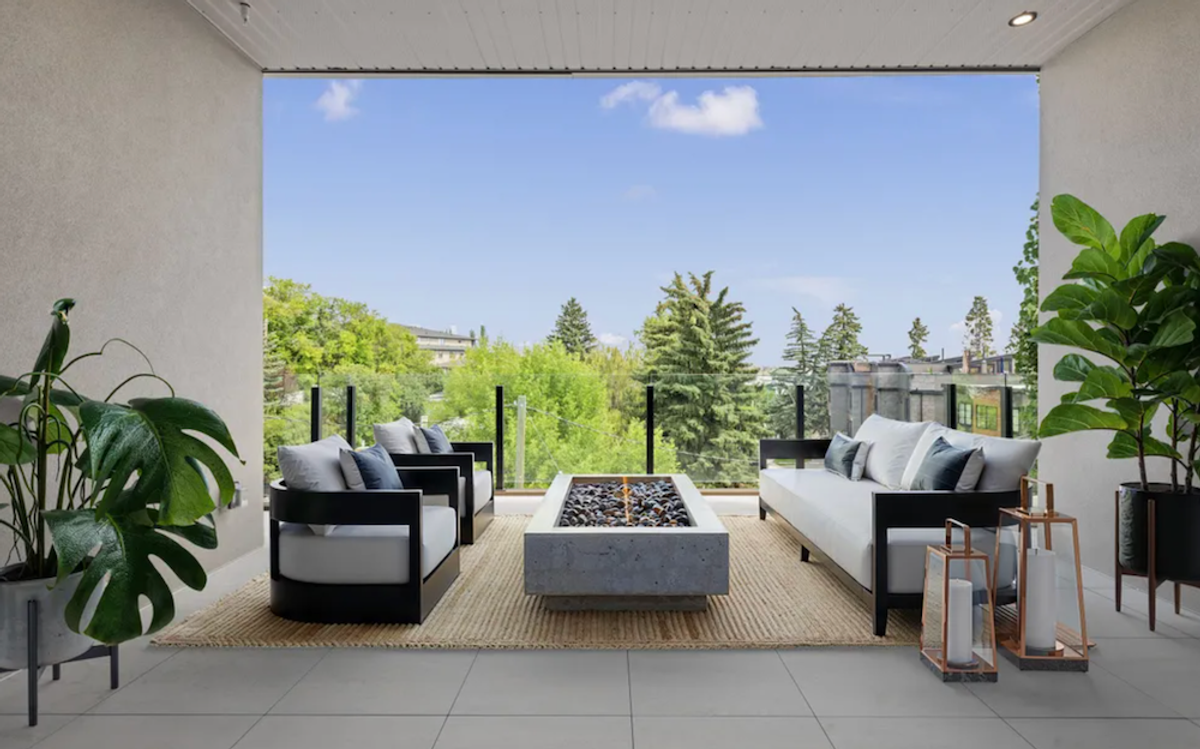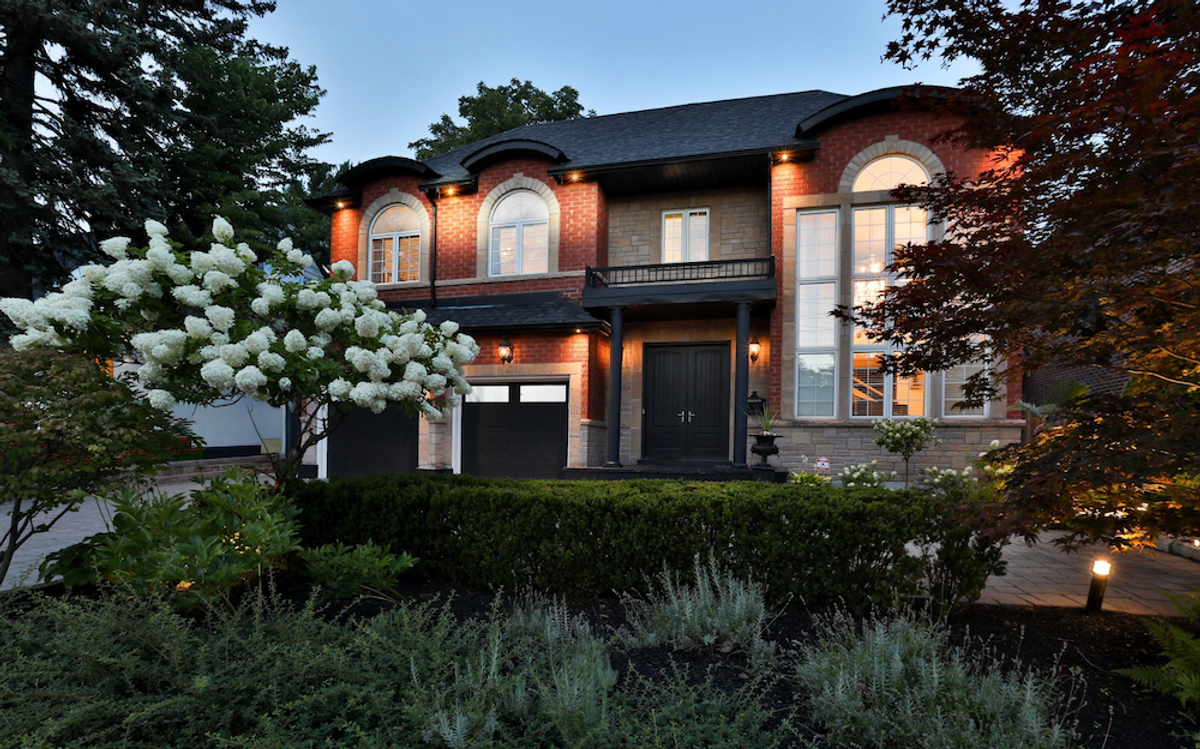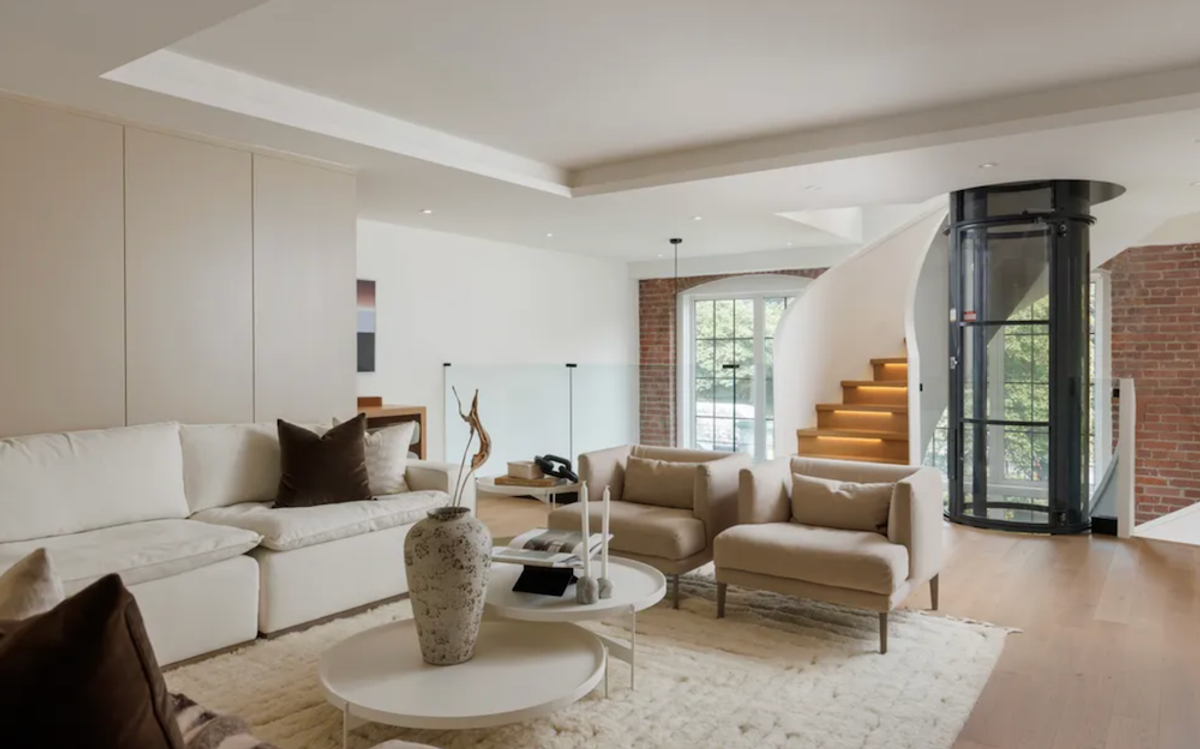Alternative real estate investment firm Harrison Street Asset Management would have been one of the few investors looking to buy seniors housing in 2021, during the maelstrom of the pandemic. At the time, demand was low as operational costs soared, governments opened and closed retirement facilities, and residents became disproportionately vulnerable to contracting COVID-19, driving occupancy rates down.
But as Canada emerged from the pandemic, the narrative began to flip. The impending arrival of the nation's long-anticipated "silver tsunami" amid low supply stemming from a lack of seniors housing development during COVID-19, alongside other tailwinds like rising occupancy and declining costs, have transformed the seniors investment landscape, particularly as it relates to independent seniors living.
"We've seen a substantial rebound in interest post covid," Managing Director, Head of Canada at Harrison Street Jonathan Turnbull tells STOREYS. "As occupancy has recovered and as operating costs became more controlled, we have seen a dramatic shift from when we first started investing in the space."

Supply-Demand Imbalance
According to Cushman & Wakefield's Seniors Housing Report published in March, 2025 is expected to be a "record-setting year" for seniors-housing deal-making. Canada's senior population is expected to hit 5.3 million over the next 10 years, growing by 1.7 million during that period. Meanwhile, seniors housing starts have fallen off as a result of low demand during the pandemic, and also rising construction costs and interest rate hikes.
The report finds that starts as a percentage of total inventory dropped below 1% in 2023 and 2024 and a "multi-year slowdown" is forecasted, with annual supply growth staying below 2% until 2030. As a result, a substantial supply-demand imbalance has begun to emerge that is expected to last some time.
"At Harrison Street, we only focus on demographics driven sectors. I don't care what happens to GDP when the seniors population is growing at 4% a year on average for the next 20 years," says Turnbull. "That's a good baseline to start with, and then you combine that with a lack of supply."
According to Stephen Hiscox, Executive Vice President of Seniors Housing & Healthcare Group at CBRE, the push on the demand side — set into motion by the first of the Boomers turning 80 in 2026 — will create a "golden era" for seniors housing investment.

"There's no question that for the last 50 to 70 years that people have been looking to the Boomers," says Hiscox. "The Boomers are going to be the golden era. And it's always been 'looking ahead' — but at this point in time, I think we're now staring at it straight in the face. It's here."
Adding to the supply deficit is the fact that much of the existing seniors housing stock is aging out. Hiscox estimates that at least half of Canada's seniors housing is too old and around a quarter is approaching the point of needing to be replaced or redeveloped. "So not only do we need more new product, but that deficit could be accelerated by the fact that we need to replace lots of the older stuff that's really just not in acceptable condition."
Delay In Development
While demand may be high, a few factors continue to hold back seniors housing development as of now, further driving the supply-demand imbalance.
One factor, Hiscox shares, is that things are just more expensive now than they were before covid. "New construction has not really resumed anywhere near what it was before, largely because the cost of construction has gone up so much," he says. "So it’s been more challenging to build, and riskier, because you're gonna have to ask for significantly higher rents than before.”
On top of that, Turnbull says there's limitations on acquiring land for seniors in the high-density, high-affluency markets that can afford this product. "Where do you want to build seniors [homes]? You want to build [them] where people live. Where do people live? They live in major city centres,” he says.
But Turnbull explains that land in these regions have largely been bought up by condo and multi-family developers who want to sell their properties at a certain profit level despite market declines. Many have therefore gotten their land zoned for a massive residential projects to preserve value, but those are much too large to accommodate seniors housing.
“So there's a little bit of a delay here as it relates to unlocking land that can be made into seniors housing," says Turnbull. "As the next six to 12 months plays out, I think we're going to start to see starts come back as a lot of these land developers realize their options are not unlimited anymore and they have to find some alternative use. But it's just got to be priced right."
Still, Hiscox says interest to build is creeping back in, driven in part by a rosier investment environment, but also a struggling condo market. "With the condo market being where it is, we're getting a lot of calls from condo developers [who are] looking to partner with [seniors housing] operators like Chartwell to build on their former condo sites," he says. "We're also starting to see requests for feasibility studies percolate more.”
Chartwell is Canada's largest seniors housing operators and has added a number of substantial acquisitions to its portfolio this year, including dropping $432 million for six Ontario seniors residences in July and $247.9 million on two residences and a 15% share in an existing Chartwell property in Quebec in April.
Deflating Operational Costs
Another major driver of the rebound in investment interest, Turnbull says, is operating costs coming back down to earth. "As covid hit, we saw a drain on the registered nurses in Canada. It used to be that around 90% of your nursing hours at a senior care facility was covered by your employees — registered nurses that you were paying a salary to," he says. "And then as covid hit, there became so much competition for registered nurses (RNs), you saw a lot of RNs leaving the safety of the seniors market to join agency businesses, because agency groups paid more."
Turnbull estimates that an RN directly employed by a seniors home would have made around $40 an hour during covid, while an agency RN would have made closer to $120 an hour. "It wasn't a matter of, 'I need more bodies,' it was, 'I need bodies, and now I'm competing with all these other people that need bodies,'" he recalls. "And the agency side of the business just went from like 10% to 20% to 30% to 40%. And with that, you lost a little bit of control on your operating costs, of your largest operating cost."
While prices remain higher for certain expenses like food, Turnbull says that, just in the past year alone, operating costs have come back under control. "People feel like they're getting control of their costs for the first time since the pandemic. Investment is driven by opportunity, but it's also driven by comfort — comfort that things are under control and have stabilized. It's really changed people's mindset of, 'Okay, I can now go back into the market and start buying.'"
Generational Shift
A more quiet tailwind, Hiscox says, is a shift in mindset among seniors towards retirement facilities. Previous generations of seniors, he explains, had a very negative perception of capital 'H' Homes.
"They viewed retirement living as, ‘You’re sending me to a home, you’re sending me away to die,'" he says. "And I think that Boomers, who have been part of their parents' experience — they've visited them or taken them on tours of residences — say ‘Why don't you want to live here? This looks like a great place to live. There's meals and amenities.’"
And while Hiscox says Boomers are more likely to splurge on things like accommodations, seniors residences have stepped up their luxury factor in the decades since Boomers' would have checked their parents into a seniors home. Before the early 2000s, seniors housing was more institutional and treated as a pit stop before long-term care, but in the last 20 years, the business has become much more hospitality oriented.
"There's meals and amenities and all these beautiful buildings," says Hiscox. "So [Boomers] are being exposed to a whole different generation of homes that the previous generation did not see."
Looking Ahead
When asked about downsides of investing in seniors at the moment, both Turnbull and Hiscox said there aren't many, but stressed that things can go south quickly if an investor picks the wrong operator.
"If you don't have the right operating partner, somebody that knows what they're doing, that's beyond a con," says Turnbull. "That's a no way in hell. Because the experience that your tenants have every single day — being cared for, being part of that community — is so critical to the long-term success of the asset." Hiscox adds that the pressure is high to run a good operation. “You are dealing with seniors, some of the most vulnerable individuals, and so mistakes are heightened. [...] There can be public relations issues as well.”
But despite the margin for operational error, those qualified to invest in the space would be pressed to find better conditions. Hiscox, who has evaluated seniors housing for the last 28 years, calls the period we're in the "golden era" for a good reason: today's strong market fundamentals. Irrefutable demographic math tells us demand will remain strong for some time; low construction starts, obstacles to unlocking land, and aging inventory mean low supply for the next several years; and higher occupancy rates combined with controlled operating costs make investment in the space more appealing.
He also points out that, from a development perspective, now is the perfect time to get in the seniors game — the average age people enter a residence is closer to 88 or 89 these days, Boomers are about to hit 80, and it can take years to build a new residence. "Anybody that gets going now is building into a massive seniors population boom, because [the Boomers] will be almost in their mid-80s by the time a lot of this new product gets [off] the ground."
